News
MANAGEMENT OF GUMMOSIS OF KINNOW FOR BETTER YIELD
AREA UNDER KINNOW LAST YEAR WAS 44,8OO HECTARES, WITH YIELD 263 QUINTALS PER HECTARE; TOTAL PRODUCTION 11,77,500 TONNES IN PUNJAB
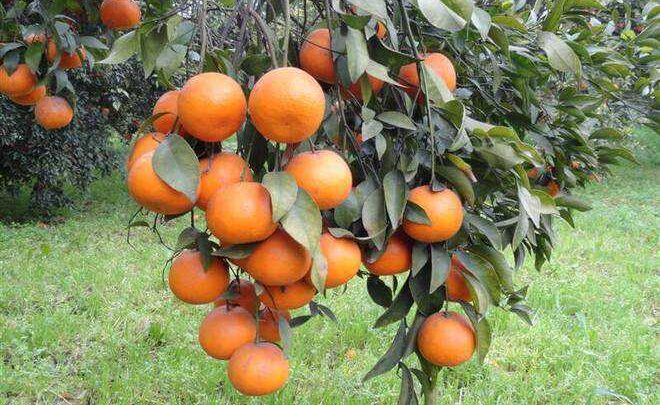
In Punjab, Fazilka, Ferozepur, Hoshiarpur, Sri Muktsar Sahib, Bathinda and Faridkot are Kinnow grown districts. During the year 2020-21, the area under Kinnow cultivation was 44.8 thousand hectare along with yield of 263 q/ha and production of 1177.5 thousand tonnes in Punjab.
In Punjab the incidence of gummosis varies from 9.3-45.3%. Due to this reason, Kinnow cultivation is affected by foot rot/gummosis, posing threat to citrus industry and economy of Punjab state. Favorable conditions for infection and disease development are high soil humidity and environmental temperature along with high air humidity.
In Kinnow, foot rot/gummosis is caused by Phytophthora nicotianae var. parasitica., The plants are attacked by the disease when scion comes in contact with soil or when water is supplied as flood irrigation which enables the Phytophthora to reach the scion to initiate the infection process. The aerial symptoms are characterized by moderate leaf chlorosis, reduced growth, slow decline, lack of tree vigour and dieback. The rotting of rootlets has been found as a disease symptom in the infected plants along with dropping of leaves and girdling of the trunk. The symptoms are also related with extensive canker lesions and root rot as well as gummosis at the base of the trunk and start extending from major roots to the lateral feeder roots.
Tips for the Management of Malady
Talc based bio-formulation of T20 strain of Trichoderma asperellum applied one week after the spray of Sodium hypochlorite @ 100 g mixed with 2.5 kg FYM per plant at foot and basin region of the plant during Feb-March and July–August for effectively managing the foot rot /gummosis of citrus under field conditions.
Spray sodium hypochlorite 5% @50ml per tree by diluting it in 10 litres of water. Spray should be given in the foot and basin region of the trees during February-March and again during July –August.
Or Give two applications of Curzate M8 as paint (2g/100 ml of linseed oil) to the infected trunk portion and drench (25g/10 litres of water/tree) the soil at the base of the tree in February-March and again in July-August.
Sourced from: Department of Plant Pathology, Punjab Agricultural University, Ludhiana
Written by Daljeet Singh Buttar, Ambika Rautela and Amarjit Singh

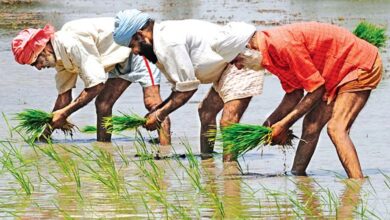
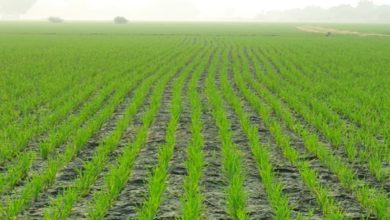
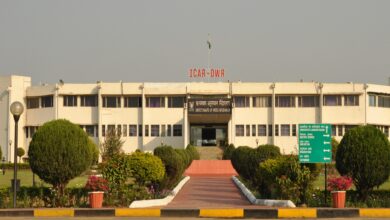
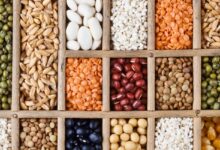

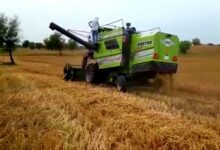
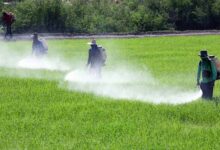
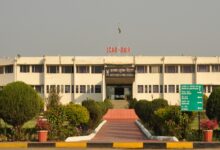
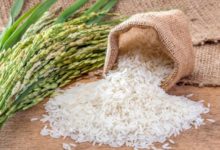
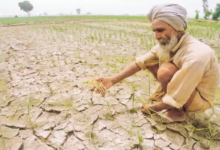
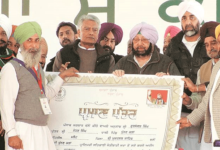
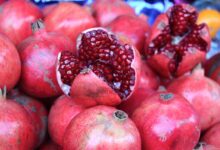
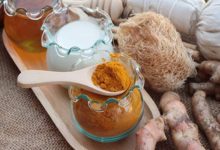
досить цікаво ,дякую за інформацію
En güncel ve güvenilir haberleri Duyundiye.com ile takip edin. Türkiye ve dünyadan güncel gelişmeler, analizler ve özel haberler burada. Hemen tıklayın!
It’s great content and very useful.
บาคาร่าเว็บตรง